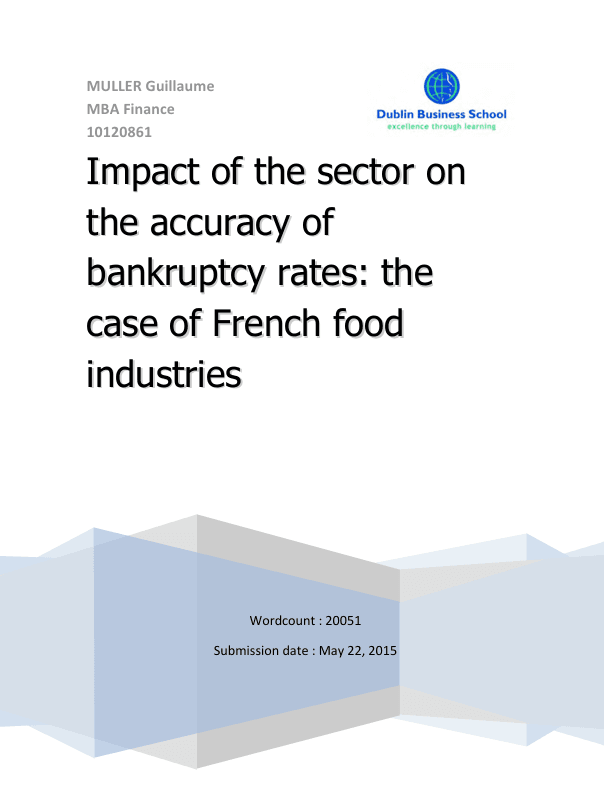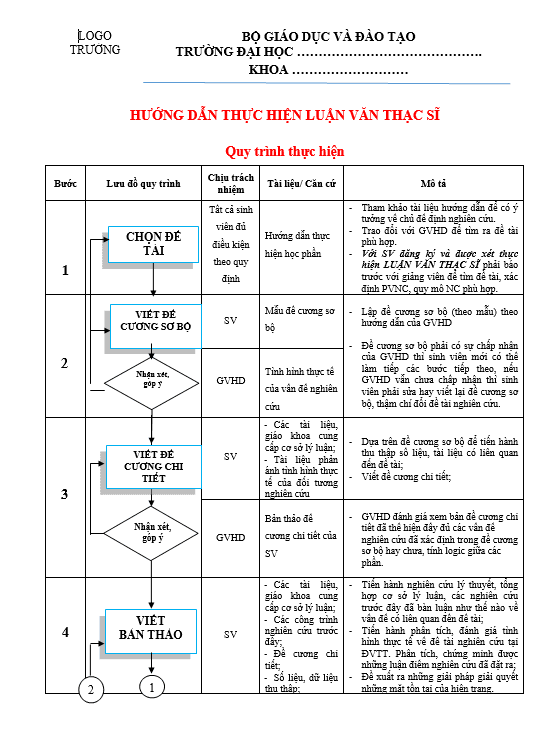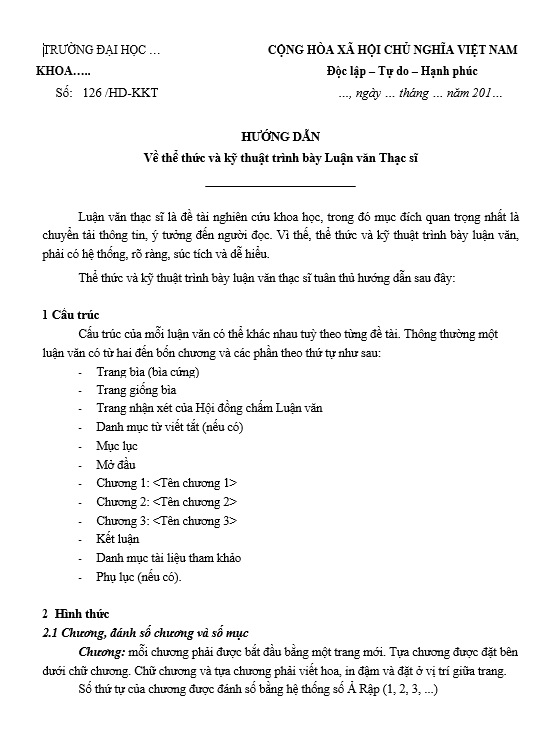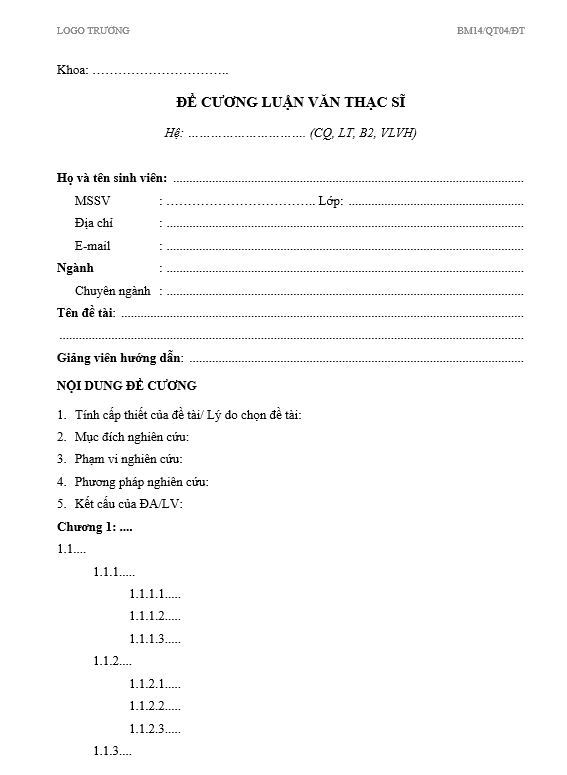Table of Contents
Acknowledgements…………………………………………………………………………………….5
List of Illustrations ………………………………………………………………………………………… ….6
Abstract ………………………………………………………………………………………………………….. 8
Chapter 1 – Introduction ……………………………………………………………………………………. 9
1.1 Background …………………………………………………………………………………………….. 9
1.2 Research Area, Research Question, Research Objectives ……………………………. 10
1.3 Suitability of the Researcher ……………………………………………………………………. 11
1.3.1 Academic Background …………………………………………………………………….. 11
1.3.2 Work Background ……………………………………………………………………………. 11
1.4 Contributions of the Study ………………………………………………………………………. 12
1.5 Scope of the Research and Limitation ………………………………………………………. 12
1.6 Recipients of the Research ……………………………………………………………………… 12
1.7 Dissertation Organization ………………………………………………………………………. 13
Chapter 2 – Literature Review ……………………………………………………………………….. …14
2.1 Supplier risk assessment……………………………………………………….14
2.1.1 Risk and uncertainty for client companies……………………………………………..14
2.1.2 Supply Chain Risk Drivers and classification…………………………………………..16
2.1.3 Organisation of the client company : the process ………………………………….17
2.1.4 Supplier bankruptcy risk………………………………………………………………………..18
2.2 Bankruptcy prediction…………………………………………………………………………..19
2.2.1 Introduction…………………………………………………………………………………….…….19
2.2.2 Bankruptcy prediction through financial scores………………………………………20
2.3 Building a bankruptcy rate model……………………………………………………………………22
2.3.1 Sector-specific information…………………………………………………………………….22
2.3.2 The model………………………………………………………………………………………………25
2.3.3 Online bankruptcy rate versus “Home-made” rate………………………………….26
2.4 Summary………………………………………………………………………………….…26
Chapter 3 – Research Methods ……………………………………………………………………………… 27
3.1 Introduction …………………………………………………………………………………………. 27
3.2 Research Philosophy ………………………………………………………………………………. 28
3.3 Research Approach ………………………………………………………………………………… 30
3.4 Research Strategy ………………………………………………………………………………….. 31
3.5 Research Choice ……………………………………………………………………………………. 31
3.6 Time Horizon ………………………………………………………………………………………… 32
3.7 Data Collection ………………………………………………………………………………………. 33
3.7.1 Secondary Data Collection ……………………………………………………………….. 33
3.7.2 Primary Data Collection ………………………………………………………………….. 34
3.8 Population and Sample …………………………………………………………………………… 34
3.8.1 Qualitative ……………………………………………………………………………………… 34
3.8.2 Quantitative …………………………………………………………………………………… 34
3.9 Quantitative Data analysis …………………………………………………………………………. 37
3.10 Ethical Issues ……………………………………………………………………………………….. 39
3.11 Limitations of the Research …………………………………………………………………… 40
Chapter 4- Data Analysis and Findings ………………………………………………………………. 41
4.1 Structured Interviews…………………………………………………………………………………..41
4.1.1 Introduction………………………………………………………………………………………41
4.1.2 Observations…………………………………………………………………………………….41
4.2 Construction of a scoring model and impact of the “food-processing” sector…..51
4.2.1 Introduction…………………………………………………………………………………..….51
4.2.2 Principal component analysis…………………………………………………………….51
4.2.2.1 Introduction………………………………………………………………………..51
4.2.2.2 Data preparation and presentation……………………………………..51
4.2.3 Data analysis in SPSS………………………………………………………………………….52
4.2.4 Conclusion………………………………………………………………………………………….60
4.3.1 Introduction……………………………………………………………………………………….60
4.3.2 Data preparation and presentation…………………………………………………….61
4.3.3 Data analysis in SPSS………………………………………………………………………….62
4.3.4 Classification of the companies………………………………………………………….65
4.3.5 Validation of the model………………………………………………………………………67
4.4 Application of the z-score on the selected companies………………………………………72
4.5 Main findings……………………………………………………………………………………….78
Chapter 5 – Conclusions & Recommendations ……………………………………………………. 80
5.1 Conclusion …………………………………………………………………………………………….. 80
5.2 Recommendations……………………………………………………………………………….. …82
Chapter 6 – Self Reflection on own learning and performance……………………………..84
6.1 Reflection on learning……………………………………………………………………84
6.1.1 Skills Development………………………………………………………………………………………85
6.1.2 Research Capability and Analytical Skills……………………………………………………….85
6.1.3 Team building skill………………………………………………………………………….86
6.1.4 Communication and Language Skills…………………………………………………………..86
6.1.5 Finance Knowledge………………………………………………………………………….87
6.1.6 Time management………………………………………………………………………….87
6.1.7 Future application……………………………………………………………………………88
Reference…………………………………………………………………………………………………..89
Appendix……………………………………………………………………………………………………93













